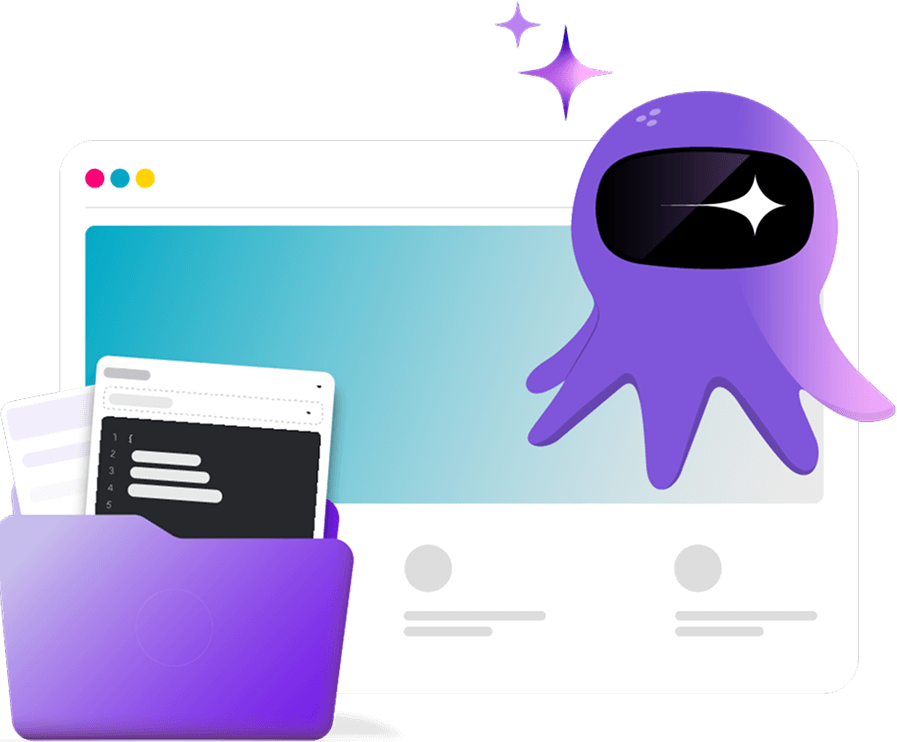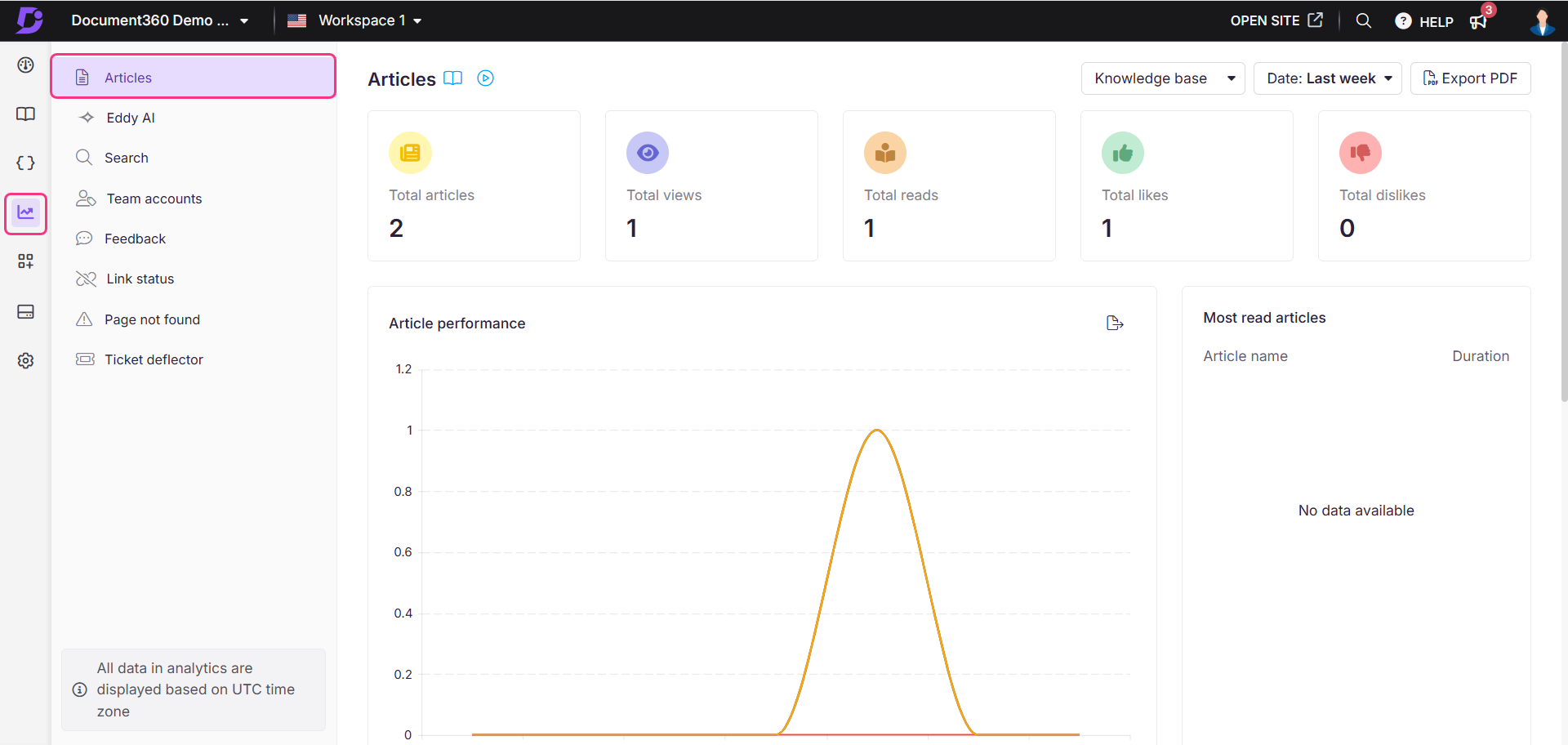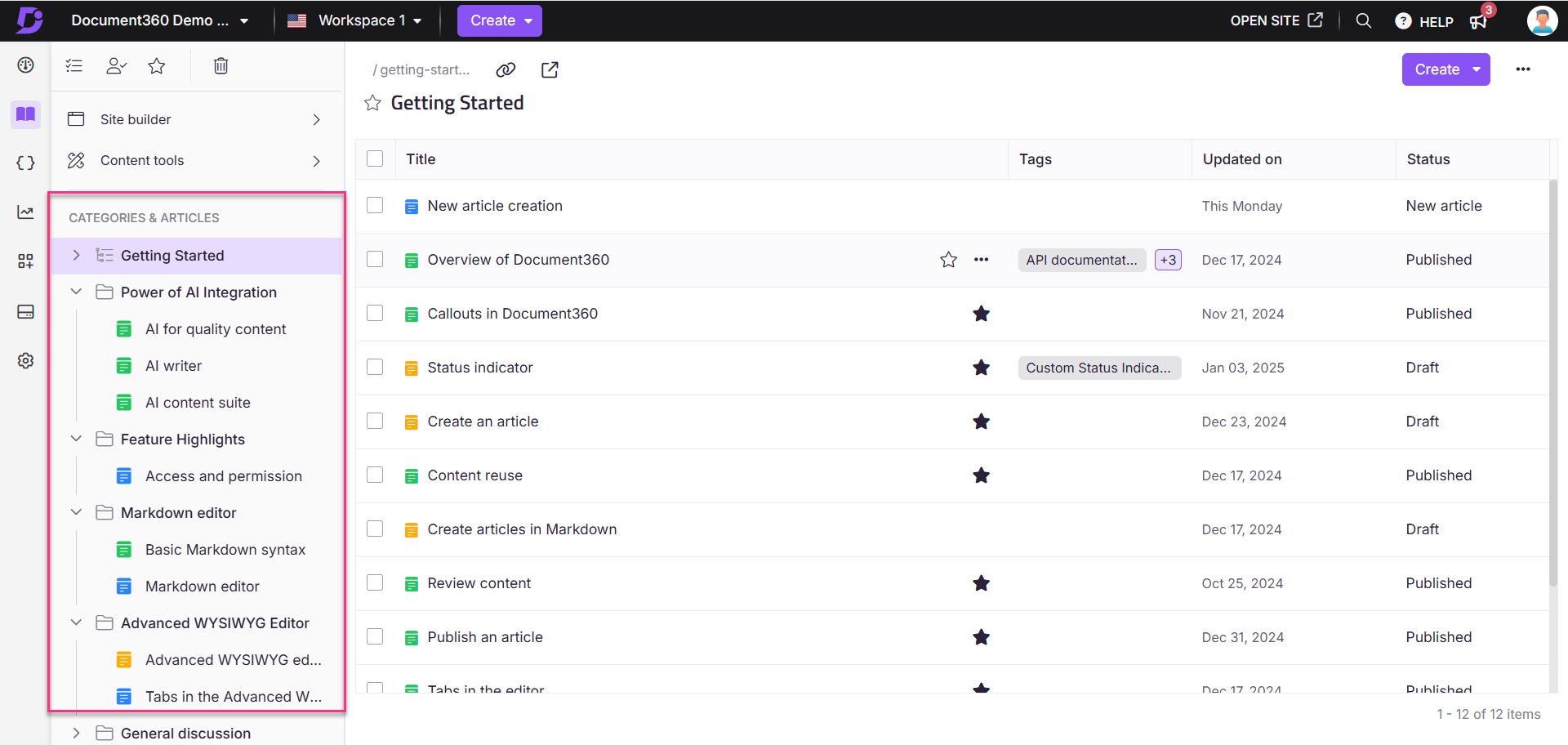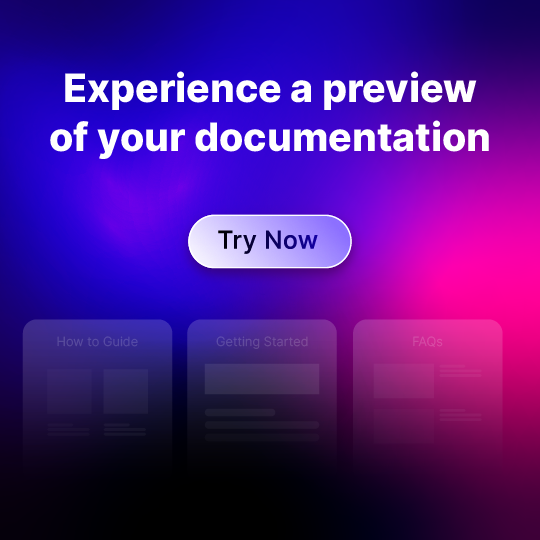Documentation isn’t a last-minute chore. It’s not something to patch together once the product ships. You should treat your documentation as part of the Software Development Life Cycle (SDLC); documentation becomes an asset, not a liability.
In this article, we’ll explore how documentation integrates into phases of the SDLC, how to create and manage SDLC documentation efficiently, and how tools like Document360 support this process from start to finish.
Why Documentation Belongs in Every Phase of the SDLC
SDLC documentation helps your team to communicate the entire project requirement to stakeholders. Skipping documentation will not save time; it creates chaos later, like broken onboarding, repeated questions, and misunderstood features. When you create docs in your sprint cycles and in the development process, you save time by improving the quality of the product.
Here is how to embed documentation in the software development life cycle steps effortlessly
1. Planning Phase: Define What Needs to Be Documented
During the sprint planning process:
- Identify the requirement for the user guide and internal documentation
- Write down the features that need to be included in the documentation tasks
- Tag documentation as deliverables, not as extras
2. Design Phase: Map Documentation Alongside System Architecture
As engineers and architects sketch workflows or APIs:
- Create the outlines for guides, concepts, or FAQs required
- Find out the terms that need glossary entries
- Figure out what should go in tutorials vs. reference docs
Design the review process and find out the documentation gaps.
3. Development Phase: Build Documentation Concurrently with Features
Don’t wait until the last minute. You should create documentation in parallel:
- Utilize the feature branches or doc stubs in the same repo
- Start with Markdown notes and update progressively
- Ask developers to document their APIs and SDKs in parallel
Better documentation in SDLC means developers see writing as part of building, not an afterthought.
4. Testing Phase: Examine Documentation Just as You Examine Code
Just like you test features, test the docs.
- Run usability walkthroughs with QA or external developers
- Make sure everything is clear and easy to follow without tribal knowledge
- Fix unclear or broken instructions before release
In Document360, before publishing the content, you can preview the content and review the documentation flow which makes this process smooth.
Make documentation a seamless part of your SDLC. See how Document360 supports every phase from planning to post-release.
GET STARTED
5. Release Phase: Publish Documentation with Every Deployment
Documentation should go live with the release.
- Versioning of documents should be synchronized with code releases
- Include changelogs, upgrade instructions, and known issues
- Use announcement pages or release notes linked to full docs
Publishing documentation late delays your product adoption. Make launch and documentation simultaneous.
6. Post-Release: Maintain, Track performance, and Improvise

After going live, documentation isn’t done.
- Track what gets read, skipped, or flagged
- Use feedback widgets to capture confusion
- Update guides as users’ questions or fixes come in
Tap into Document360’s analytics to see what’s working and use feedback tools to spot what’s not.
How Document360 Helps Across the SDLC

Document360 supports documentation throughout the development cycle:
- Write in Markdown, structure with categories, version per release
- Collaborate with developers, PMs, and writers
- Preview, comment, and review like code
- Publish instantly and track usage with analytics
Docs keep pace with the speed of your sprint.
Summary: Make Documentation Part of How You Build
Treat documentation in the software development life cycle as a requirement, not an afterthought, and your product becomes more usable, your team communicates more effectively, and your users get unstuck more quickly.
Documentation isn’t a step. It’s a stream.
With Document360, it flows with your product, from planning to release and beyond.





 –
– 

